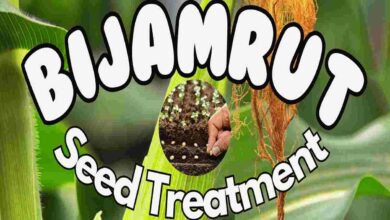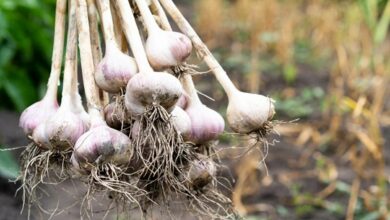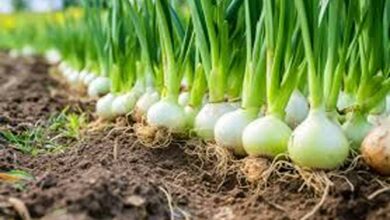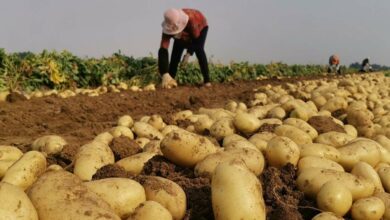Cultivation of Bottle Gourd: Cultivate these improved varieties of gourd, you will get good yield
Cultivation of Bottle Gourd: Gourd, or bottle gourd, is a significant cucurbitaceous vegetable. Its nutritional qualities and therapeutic advantages assist both farmers and customers. Protein, carbs, fiber, mineral salts, and other essential vitamins are all abundant in its fruits. Doctors advise patients to include it in their diets because of its cooling impact, which makes it easy to digest. Bottle gourds are used to make a variety of foods, including vegetables, pickles, kheer, kofta, raita, and desserts. It is also in high demand in the industry because of its versatility.
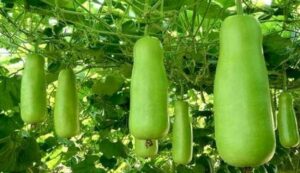
Advanced bottle gourd cultivation and manufacturing capabilities
Farmers may produce 80 to 100 quintals of bottle gourd per acre by using precise cultivation techniques. Additionally, this productivity may reach 100 to 120 quintals per acre if better cultivars are adopted. In order to increase productivity and profit, agricultural specialists urge farmers to use scientific procedures and suggested varieties.
Better types of bottle gourd
- Pusa Summer Prolific Long is a rainy-season and summer-appropriate variety. It yields 56 to 60 quintals per acre on average, and its fruits are pale green in color.
- The fruits of the Pusa Summer Prolific spherical are spherical, dark green, and measure 15 to 18 cm in diameter.
- It is also possible to cultivate bottle gourd Hissar 22 throughout the summer and wet season.
- Its fruits are about 30 cm long, and one acre may produce 80–100 quintals on average.
- Cylindrical fruits of the Hisar Bottle Gourd Hybrid 35 may produce 100 to 120 quintals per acre on average.
Field preparation and soil suitability
- Smooth, sandy soil that is rich in organic matter and has enough drainage is ideal for growing bottle gourds. The land should have a PH level of 6.0 to 7.0.
- The land should be plowed with decaying cow dung manure three to four weeks before planting.
- It is essential to plow the field three or four times and apply borax after each plowing in order to properly prepare it.
Management of diseases and pests
- In order to protect the bottle gourd crop from pests and diseases, scientific measures must be followed.
- Certain pesticides might damage bottle gourd plants; thus, farmers should only use those that are advised.
- Avoid dusting during dew, and gather any old or ruined fruits to bury in the ground.
- Before applying insecticides, fruits should be picked.


